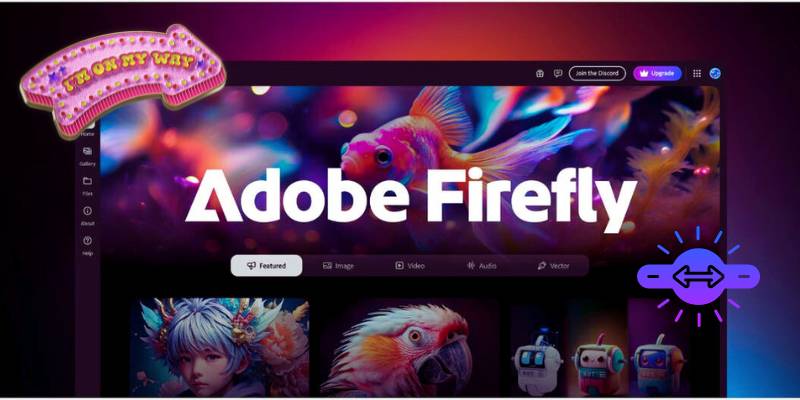Adobe’s Firefly platform just got a massive power-up — the kind that could reshape how creators think about storytelling altogether.
The company rolled out a sweeping update that blends audio, video, and image generation into a single creative suite, and it’s hard not to feel like we’ve stepped into the next chapter of content creation.
According to Adobe’s announcement, the new release adds a video model that can take a simple prompt and produce dynamic scenes with smoother motion and atmospheric effects — snow that drifts, light that flickers, hair that actually sways.
What’s even more surprising is how Firefly can now generate sound. In what feels almost sci-fi, you can type or say something like “a door creaking in an empty hallway”, and the model instantly composes a sound that fits.
That’s part of the new Generate Sound Effects (beta) tool, which integrates directly into Adobe’s workflow so you never have to leave the app.
The update also introduces a stronger collaboration between Firefly and partner models — including those from Runway and Google’s Veo 3 — expanding creative flexibility without compromising Adobe’s signature guardrails.
The company insists everything remains “commercially safe,” meaning trained only on licensed or public domain data, a stance reinforced by details shared on Adobe’s product page.
Firefly’s expanded capabilities go beyond flashy demos. Users can now turn a still photo into a short clip using the image-to-video feature, described in depth in an industry overview of Firefly’s motion tools.
The results look far more natural than earlier generative attempts — no more jittery edges or awkward looping gestures.
Adobe also slipped in better composition control, like being able to tweak lighting, color temperature, or the direction of motion before rendering.
And for those of us who’ve spent too many nights syncing foley manually, Firefly’s new audio model lets you layer and time custom sounds right in the same interface.
Meanwhile, several creatives have been testing the update hands-on, and reactions are cautiously optimistic.
One early review pointed out that while it won’t yet replace full-scale production, it does make pre-visualization and rough editing dramatically faster.
A journalist who explored the new model for RedShark News described it as “a serious tool for the next wave of hybrid creators,” noting how seamlessly it connects with other Adobe products like Premiere Pro.
Personally, I find this evolution fascinating — and a little eerie. I mean, we used to dream about tools that could visualize an idea instantly, and now here we are typing “a lighthouse in fog, cinematic tone” and watching it unfold.
Still, there’s a human touch that AI can’t fake: the intent behind the camera, the nuance in pacing.
Even Adobe seems aware of this tension. In a reflective piece on their Firefly update for filmmakers, company engineers hinted at future plans for “creative steering,” letting artists blend AI output with human input dynamically — not just prompt-and-pray, but co-creation in real time.
And of course, all of this raises questions. Will tools like Firefly make small production teams obsolete, or will they amplify creative freedom?
Is the promise of “commercial safety” sustainable when the demand for realism pushes data boundaries?
Even a cautious overview from Tech Yahoo’s AI section admits that while Adobe’s approach seems ethical for now, the pace of innovation could test those guardrails quickly.

